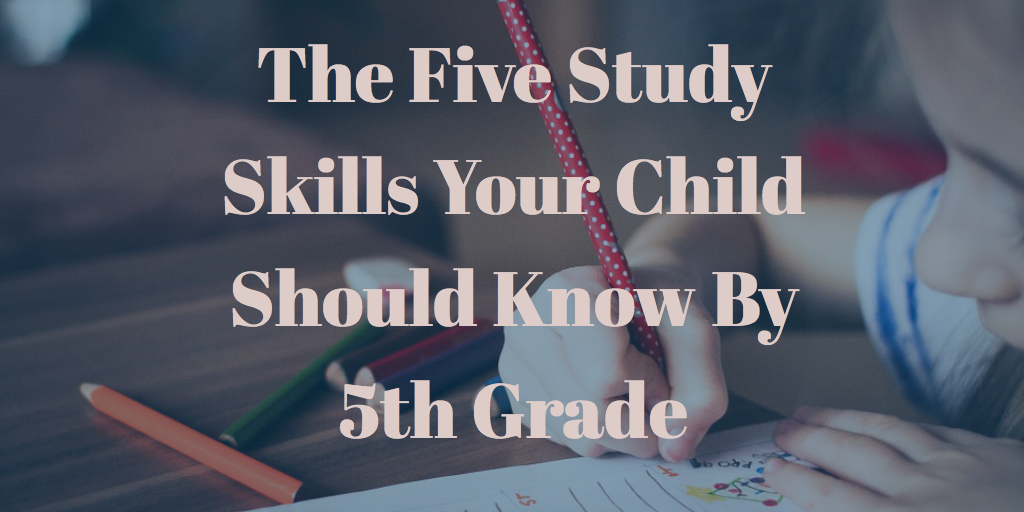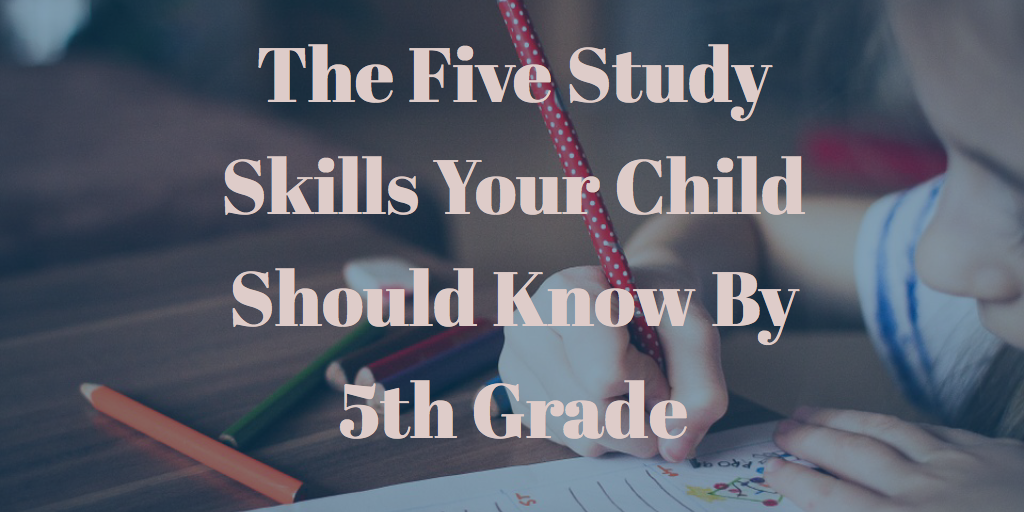This guest post was provided by Pinecrest Academy.
Each school year provides us with a new beginning, another “first day” to do our best academically. In this post, you’ll find five study skills you can easily implement at home in order to help your child be successful this school year.
Here are key study skills for children in kindergarten through 5th grade:
- Memorize. Top on the list (but not necessarily most important) is memorization. Memorization is easier to do when a child is younger, as the brain synapses are more malleable and fire more easily, making the necessary connections to remember details. Such aids as mnemonic devices, songs, rhymes, stories, etc. help students remember the order of events, the important characters of a story, the United States and their capitals, the books of the Bible, etc. Almost anything worth remembering can be made into a song, rhyme, story or mnemonic device.
- Repeat. Some students don’t always understand content or concepts when first introduced to them. They require more time to “get it.” This is where repetition comes in. When writing, doing math problems or reading something for the second and third time, the process begins to click and make sense. Very few students grasp a new concept right away. Many need ample time to work with the new material in various ways. This is the ultimate reason for homework. The goal is to practice at home what was taught (and hopefully learned) in school. Often a child has forgotten how to solve a math problem by the time he comes home and has to “relearn” it at home. This process of relearning can take more time than parents think it should, but patient repetition is the best approach when helping students learn or practice a new or difficult concept. You could ask the teacher for suggestions on how to work with your child. For example, when striving to master multiplication tables, create a game, whereby you throw your child a ball and say a problem as you throw. Your child must answer correctly before throwing the ball back.
- Identify Patterns. Identifying patterns helps students make connections to prior knowledge. All learners need a place, a construct, to “hook” or connect new information or concepts to understand them. Children are always learning and naturally trying to figure things out, whether it is a toddler trying to stack blocks so that they don’t fall, a third grader trying to put a 500-piece jigsaw puzzle together, or a fifth grader making an outline. Parents can help their children, according to their age and maturity, to look for patterns and connect new concepts to prior knowledge. A few examples of learning patterns: comparing a movie to the book in how the information is presented; looking at themes presented in movies or books; learning the location and shape of the 50 United States; seeing how multiplication is just repeated addition. Choose educational games which support the subject content children are learning or will be learning during the year. Some suggestions are US map, addition/subtraction, multiplication/division facts, and spelling words. If your child has access to electronics, select games which help her memorize through repetition, repeated concepts, and terms, such as spelling words, math facts, geography, and pattern games.
- Build good habits and routines. What is the ideal study environment you want for your child this year? A quiet place (desk, kitchen/dining room table), a distraction-free zone, (no music, TV, video games, electronics, even younger siblings.), and a set amount of time (preferably at the same time) in which to work and accomplish the task at hand. Good routines are not haphazard or spontaneous, but thought out and planned. Observe your patterns and what works best for your family’s lifestyle. As a teacher and a mother, I know that often I need to sacrifice my wants (ie, no phone calls, email, or Facebook during homework time) to allow real studying to happen. I need to be available to my child for questions. It is a quiet time for everyone. I might be reading a book or article or even preparing dinner, but the atmosphere is free of extra noise. Even siblings can have quiet time during homework time. This time is crucial in building the habit of concentration. The human mind cannot comprehend at the greatest level possible if there are distractions.
- Review. One last point for improving study habits in the elementary student is to help him learn how to review the content and concepts he is learning. Students in 4th and 5th grades often have interactive notebooks. These are great study tools. Reviewing content for 5-10 minutes a day or even 15 minutes a week would do wonders in actually learning the information. Also, teachers in these grades often give study guides two weeks prior to upcoming tests. Have your child complete the study guide, filling it out with the answers when he receives it (and create flashcards), and look at it for 5-10 minutes each night in preparation for the test. The night before will be just a basic review because he will have already learned and connected the concepts.
Study skills for elementary students are simple but vital for establishing the life-long habit of learning. Parents are key to establishing these consistent routines and fostering this positive learning environment. Learning happens all the time, but learning how to study and do your best takes hard work and discipline on the part of both students and parents.

Do you have any tried and true tips that help your child master the art of learning?
 Pinecrest Academy is a private, Pre-K3 through 12, college preparatory Catholic school, located in South Forsyth, just one mile from The Collection. We provide an atmosphere of academic rigor and critical thinking while offering personalized attention in a Christ-centered environment of faith and reason. Go online to schedule a tour today!
Pinecrest Academy is a private, Pre-K3 through 12, college preparatory Catholic school, located in South Forsyth, just one mile from The Collection. We provide an atmosphere of academic rigor and critical thinking while offering personalized attention in a Christ-centered environment of faith and reason. Go online to schedule a tour today!
To learn more about our educational philosophy, please visit our website or connect with us on social media – Facebook | Instagram | Twitter


